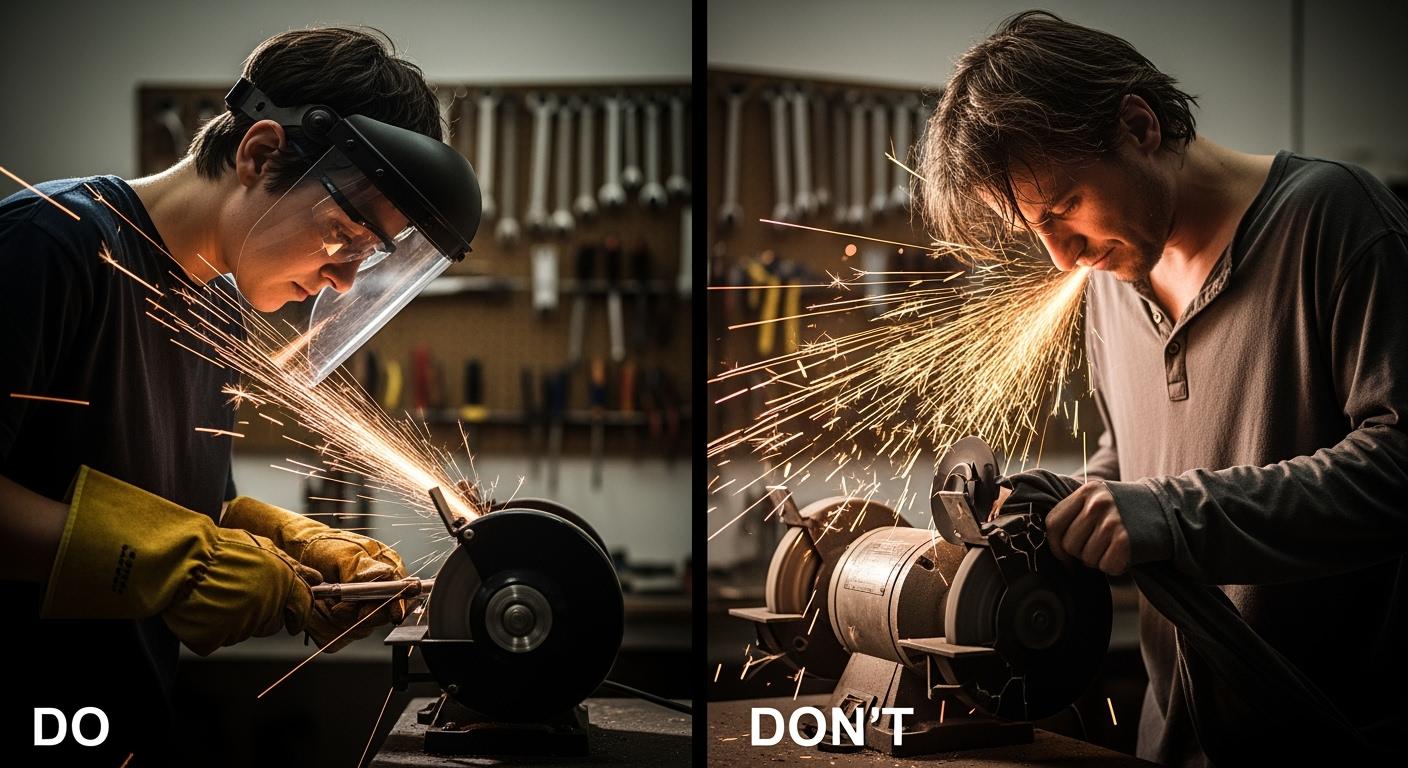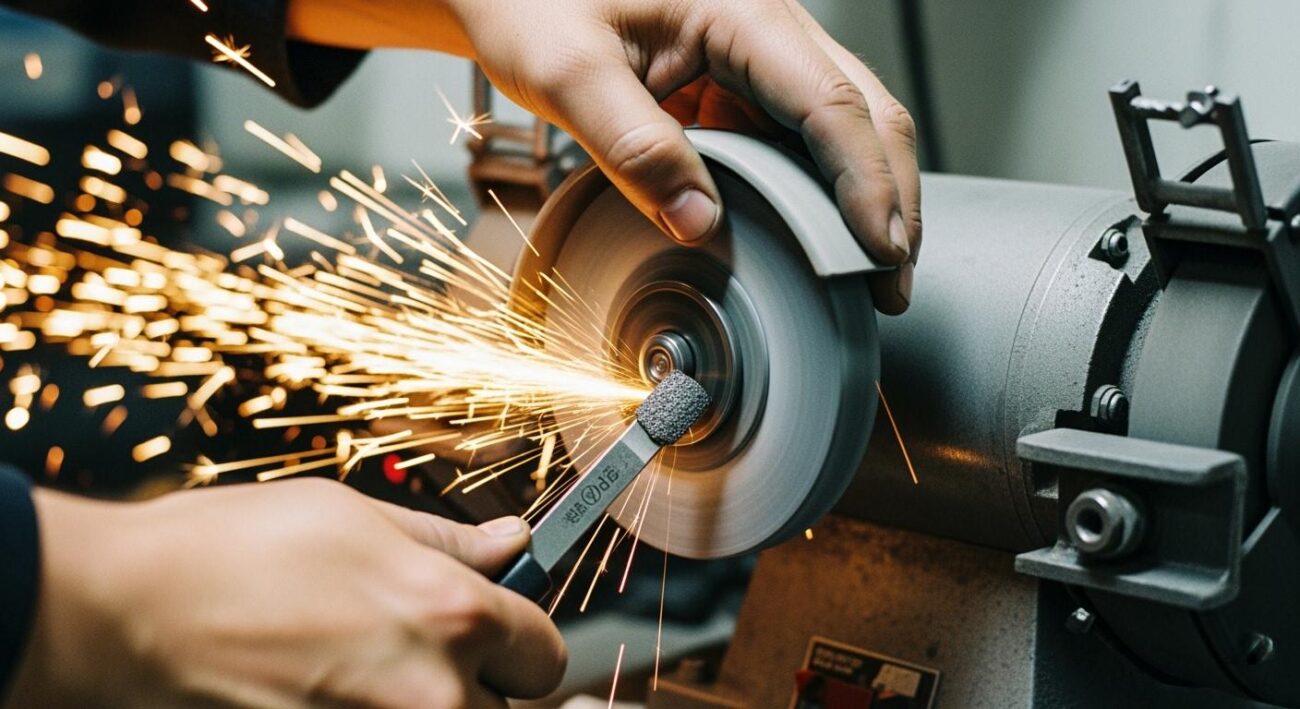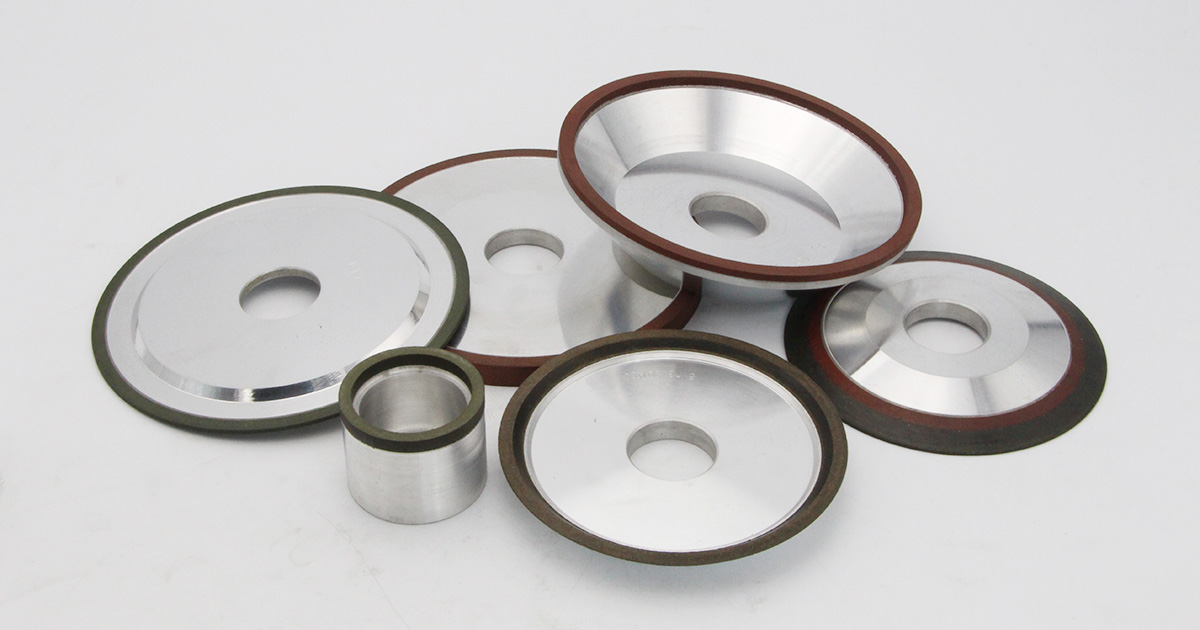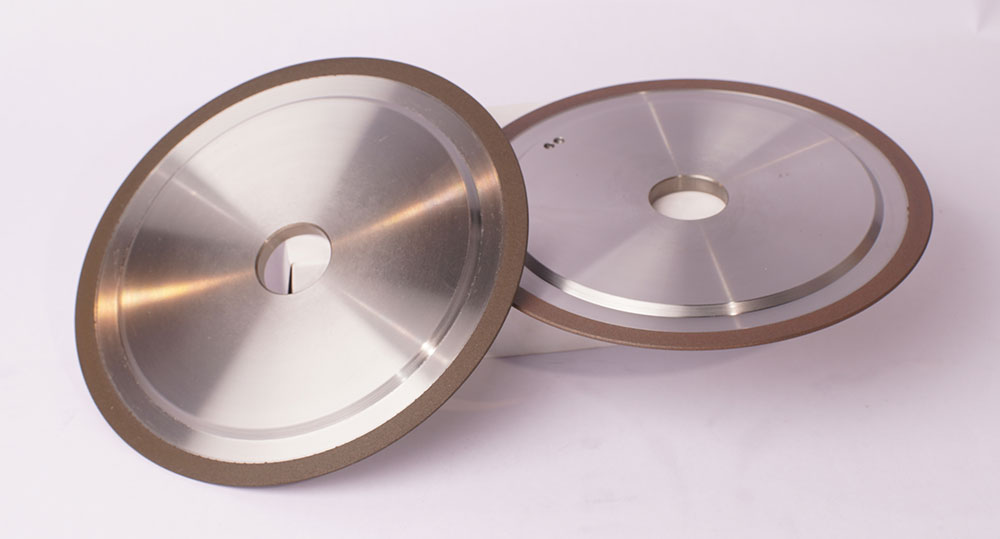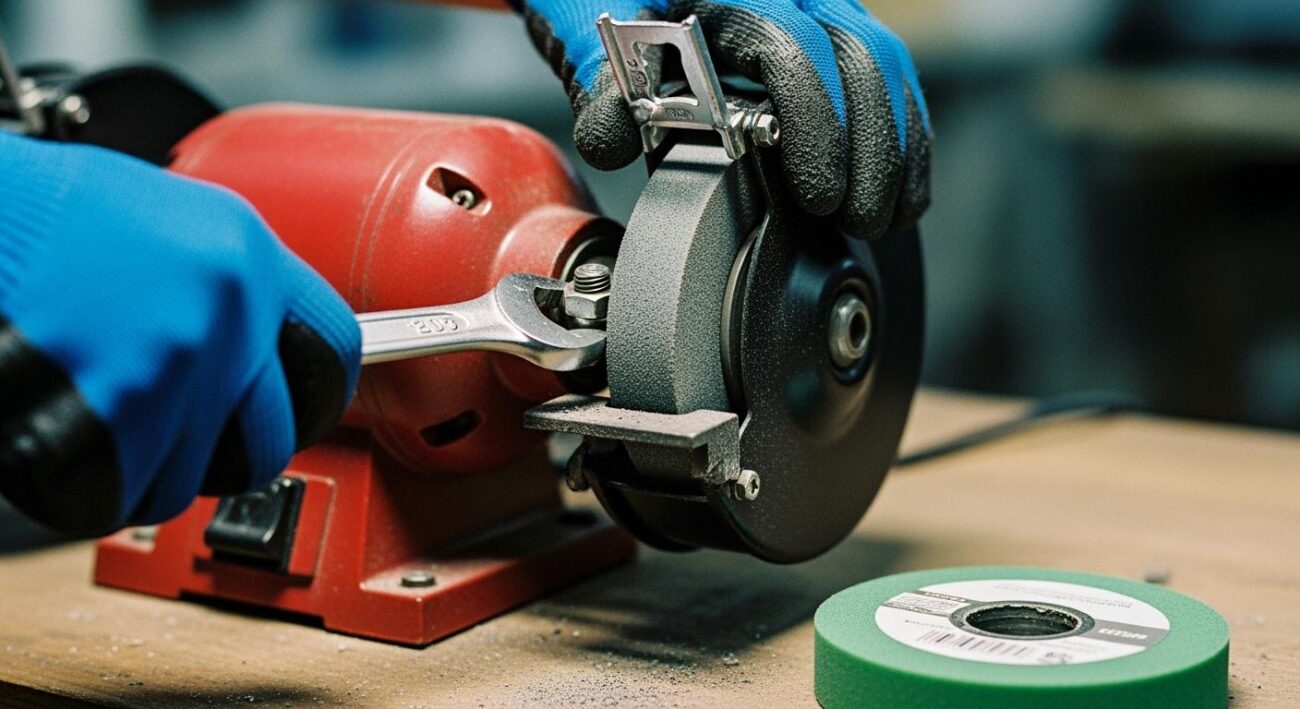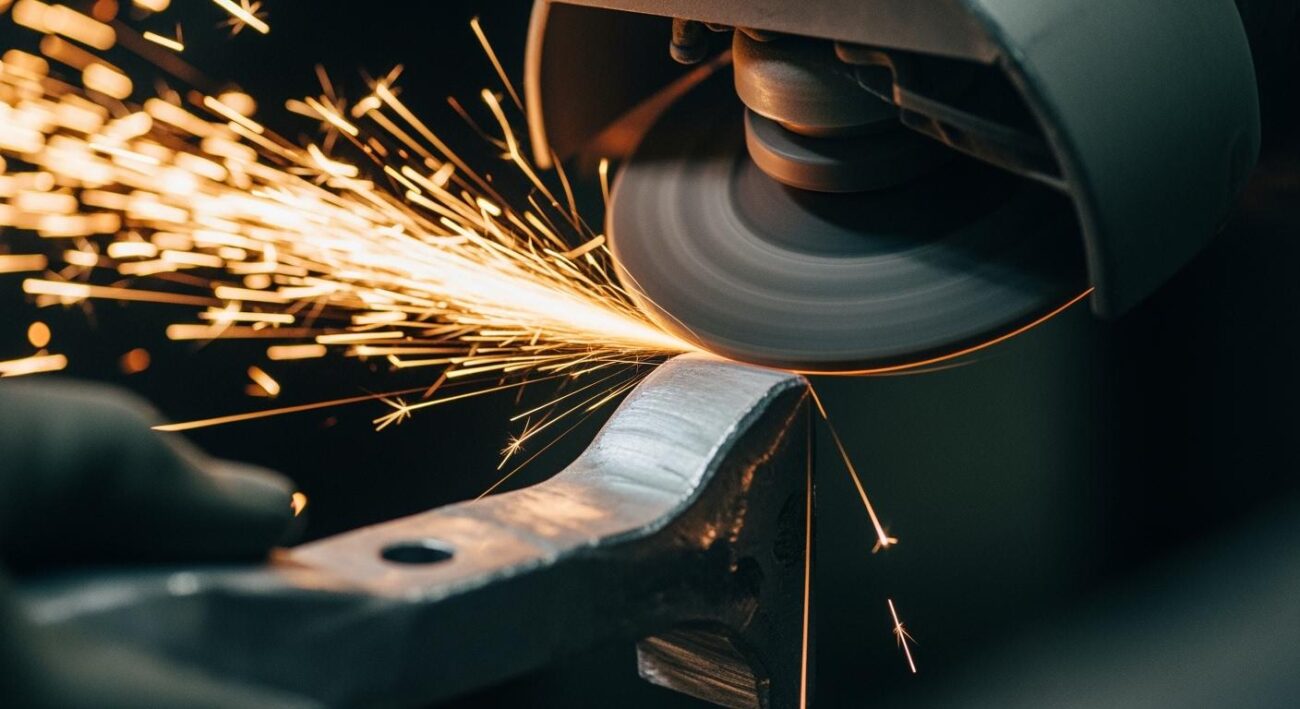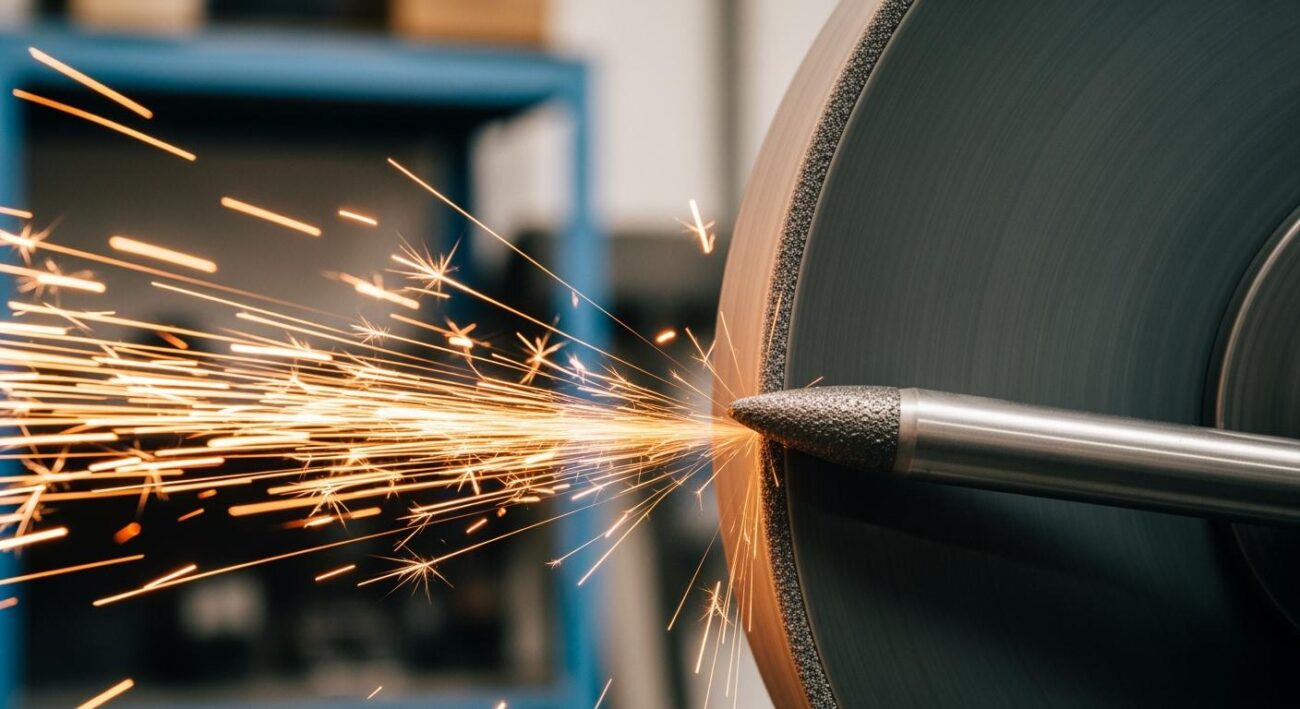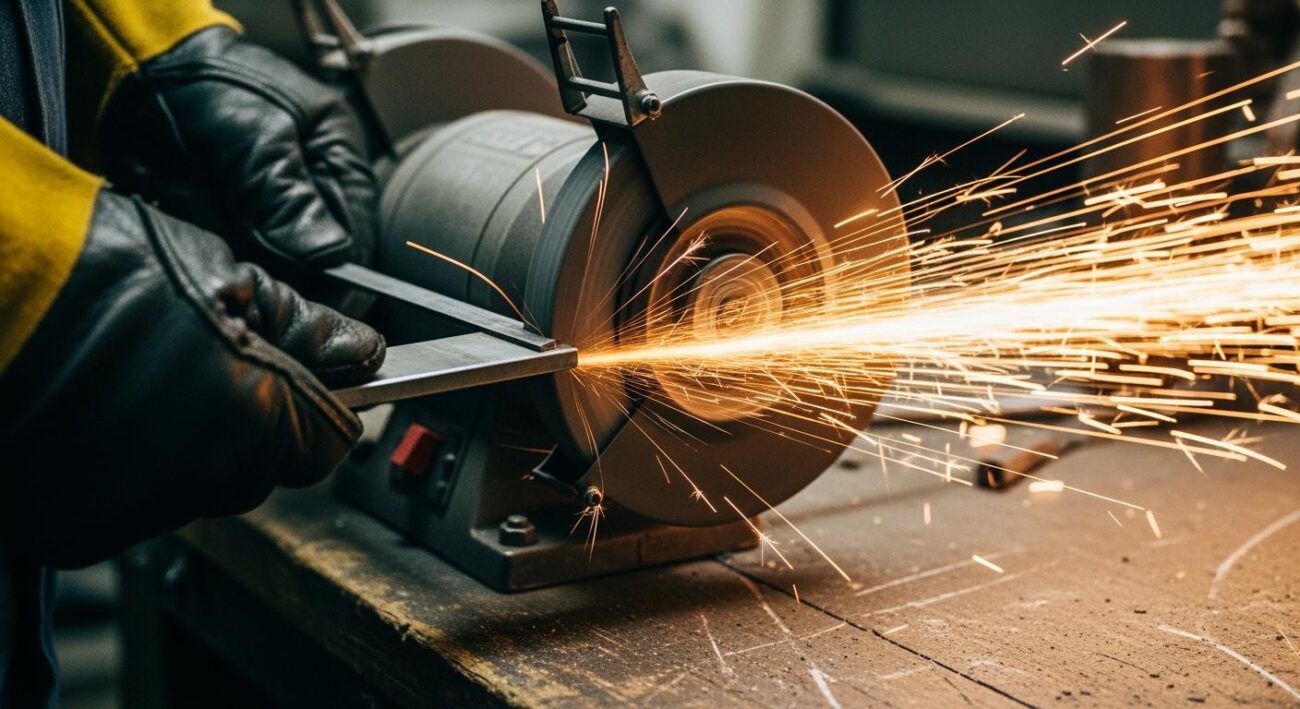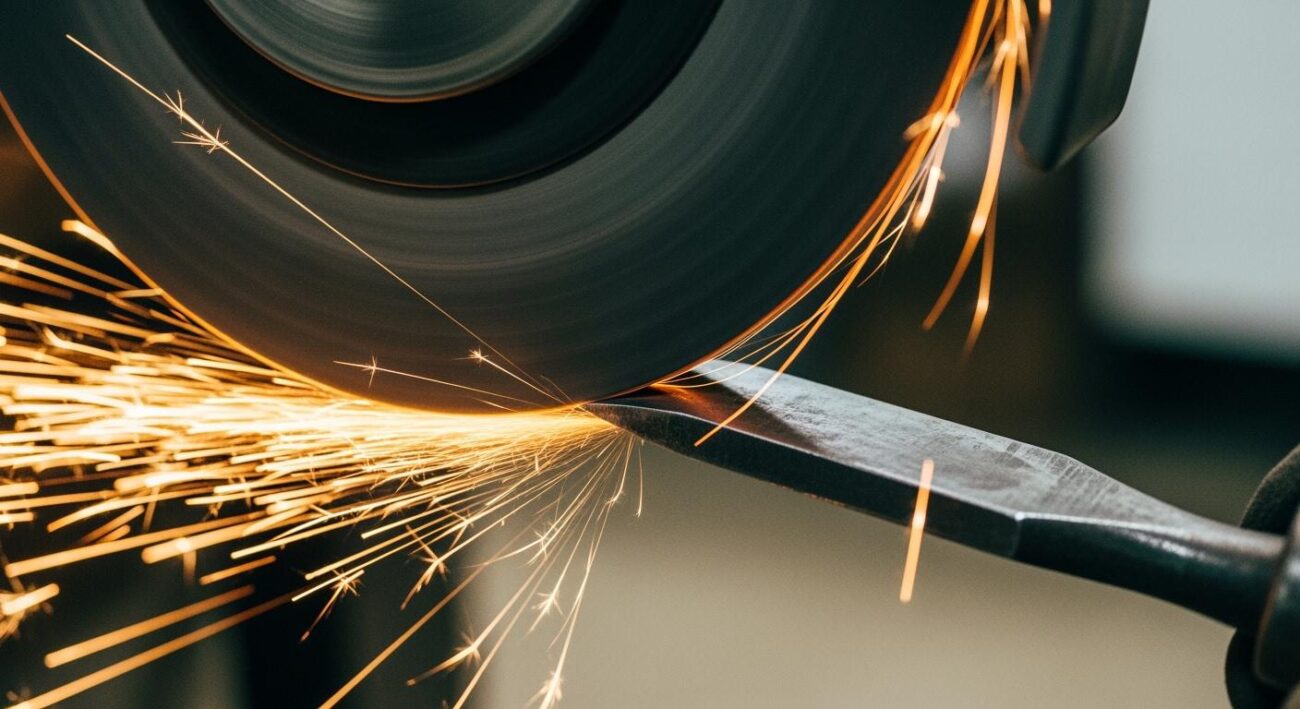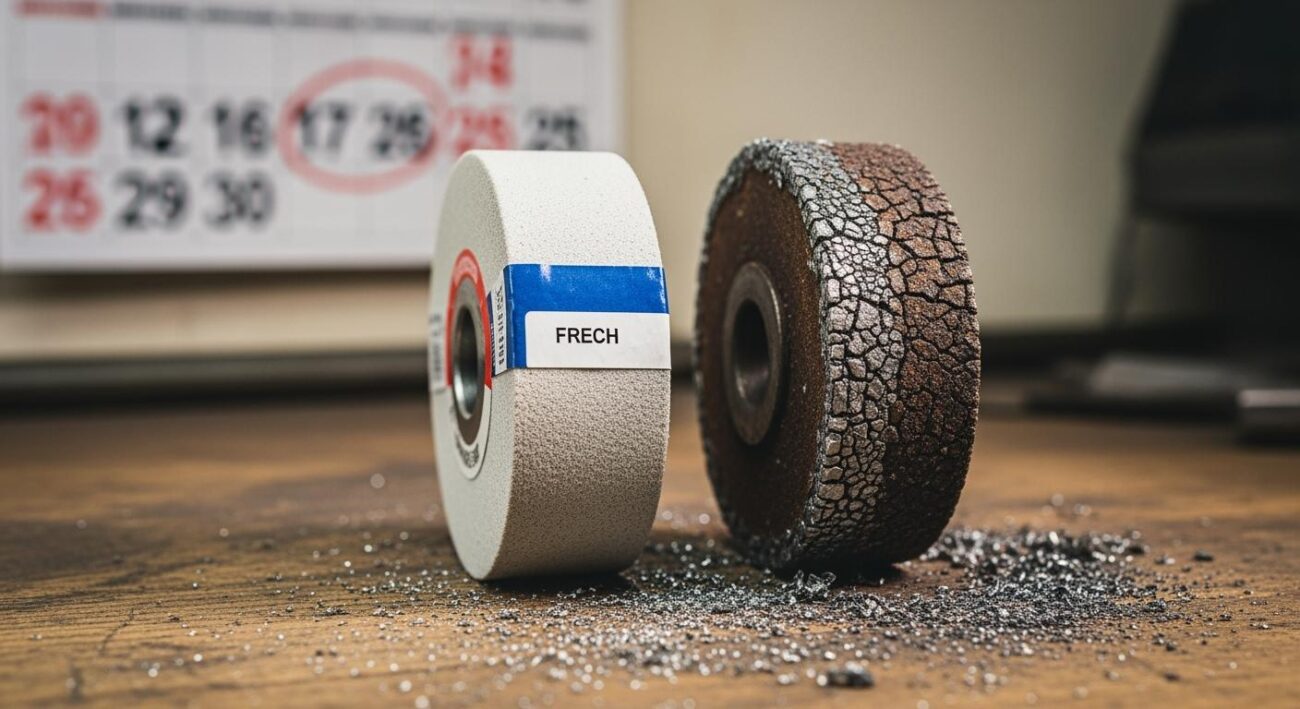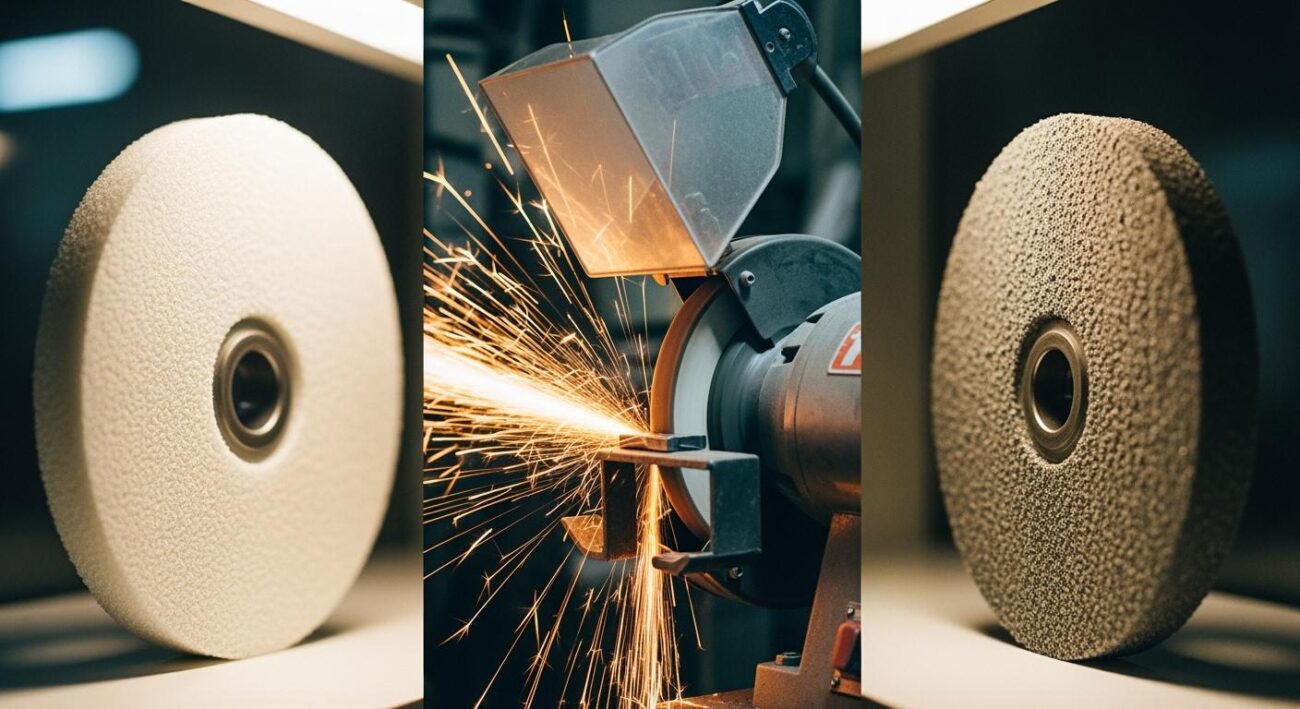Mastering the dos and don’ts of grinding wheels is vital for your workshop safety. This guide offers clear rules for using any abrasive grinding wheel. Following these dos and don’ts helps you achieve precision results and maintain a safe workspace.
Your safety is the top priority. These principles apply to all grinding wheels, from standard types to specialized high-performance tools. Proper use ensures excellent outcomes and protects you from harm.
Key Takeaways
- Always handle and store grinding wheels with care. Keep them in a cool, dry place to prevent damage.
- Inspect grinding wheels for damage before use. Perform a ‘ring test’ on vitrified wheels to check for hidden cracks.
- Match the wheel’s speed to your grinder’s speed. Never use a wheel that spins faster than its safe limit.
- Always use safety guards correctly. Never remove or change them, as they protect you from harm.
- Apply gentle, steady pressure when grinding. Do not force the workpiece into the wheel.
The Core Do’s and Don’ts of Handling
Proper handling is the first step in grinding wheel safety. Your practices before the grinder is even turned on can prevent most accidents. These core do’s and don’ts protect both you and your tools from harm. You must handle grinding wheels carefully from the moment they arrive in your workshop.
DO: Handle and Store Wheels with Care
Think of a grinding wheel as a precision tool, not a durable puck. You should always transport and store grinding wheels with great care. Proper storage prevents damage that could lead to wheel failure. You need a dedicated, organized storage area.
For optimal storage, you should control the environment.
- Keep the temperature steady, between 60°F and 80°F (15°C to 27°C).
- Maintain a relative humidity between 35% and 50%.
- Avoid direct sunlight and other heat sources.
Use the right storage system for different types of wheels. This organization improves safety and efficiency.
| Abrasive Wheel Type | Approved Storage Method |
|---|---|
| Bonded wheels | Racks with separators to prevent contact |
| Large or wire wheels | Vertical wall storage like pegboards |
| Small flap wheels/discs | Bins and drawer systems |
| General inventory | Adjustable shelving units |
DO: Inspect Wheels Before Mounting
A thorough visual check is essential before mounting a grinding wheel. This simple step is a critical part of grinding wheel safety. Look for any signs of damage. A defect that seems small can become a major hazard at high RPMs.
Your inspection of grinding wheels should include looking for:
- Visible cracks, chips, or discoloration.
- Uneven wear on the grinding surface.
- Damage to the hub or diamond layer.
- Signs of contamination from dust or debris.
For vitrified wheels, you should perform the “ring test” to check for hidden cracks. This test is a quick and effective way to confirm the wheel’s integrity.
How to Perform the Ring Test
- Make sure the wheel is clean and dry. Suspend it on your finger or a pin through the center hole.
- Use a non-metallic tool, like a plastic screwdriver handle, to gently tap the wheel. Tap it about 1-2 inches from the edge.
- Listen to the sound. A clear, metallic ring means the wheel is sound. A dull thud suggests a crack.
- Rotate the wheel 45 degrees and tap it again to confirm the result.
If a wheel fails the ring test, you must discard it immediately. This simple inspection of grinding wheels prevents catastrophic failures.
DON’T: Use a Dropped or Damaged Grinding Wheel
Never use a wheel that has been dropped or struck. Even if you see no visible damage, the impact can create microscopic cracks inside the wheel’s structure. These hidden flaws can cause the abrasive grinding wheel to shatter violently during operation.
Incident reports show the grave danger. In one case, a worker was fatally injured when a wheel broke apart during use. In another, an operator lost control and suffered a severe injury after his wheel failed. These events highlight a crucial rule: when in doubt, throw it out. The cost of a new wheel is insignificant compared to the risk to your safety. Before mounting a grinding wheel, its history must be known and trusted.
DON’T: Store Wheels in Unprotected Locations
Where you store grinding wheels is just as important as how you handle them. An improper storage environment can degrade a wheel’s structural bond, creating a serious safety risk. You must protect your wheels from harmful conditions.
Never store wheels in areas with:
- Extreme Temperatures: High heat can weaken the bonding agents. Freezing temperatures can make the wheel brittle. Both extremes compromise the wheel’s strength.
- Moisture or Solvents: Water, solvents, and even condensation can attack the resin bonds in many wheels. This chemical exposure can reduce a wheel’s tensile strength by up to 50%.
- Vibration: Do not store wheels near running machinery or compressors. Constant vibration can fatigue the internal bonds, leading to premature failure.
A cool, dry, and stable location is the only acceptable place to store your inventory. Proper storage is not just about organization; it is a non-negotiable part of your overall safety protocol.
Mastering Grinding Wheel Safety at the Machine
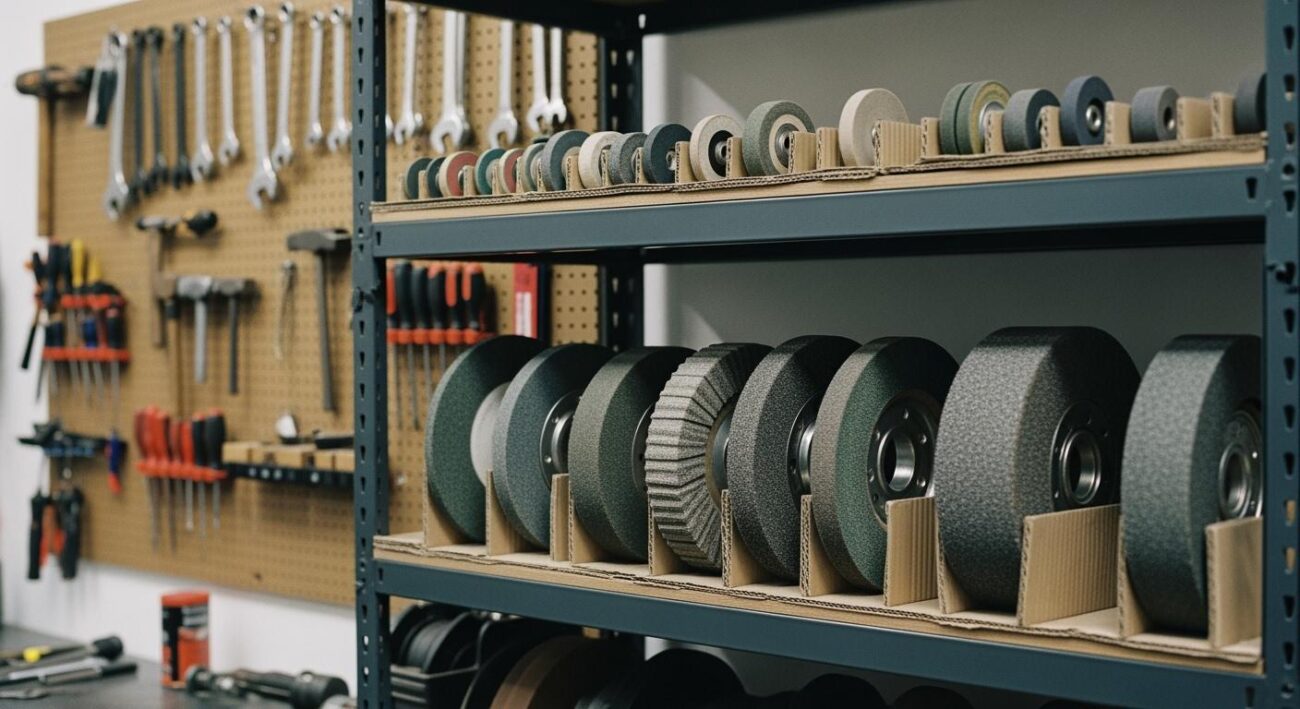
You have inspected your wheel and stored it correctly. Now, your focus shifts to the machine itself. Following machine safety protocols is non-negotiable. These rules protect you when the wheel is spinning at thousands of revolutions per minute (RPM). Your safety depends on your actions at the grinder.
DO: Verify Grinder and Wheel RPM Are Compatible
You must always match the wheel’s maximum safe operating speed to your grinder’s speed. The RPM rating on the grinder must be less than or equal to the maximum RPM marked on the grinding wheel. Exceeding this limit is one of the most dangerous mistakes you can make.
Excessive speed creates powerful centrifugal forces. This force increases as the square of the speed, meaning a small increase in speed creates a much larger increase in force. This immense stress can cause the wheel to disintegrate or shatter, sending sharp fragments flying at high speed.
Warning: Operating a wheel above its maximum rated speed can cause it to explode. This event can lead to serious injury or death.
Specialized products, like Aimgrind‘s custom diamond grinding wheels, are engineered for specific operating parameters. This makes it critical to match the wheel’s RPM rating to the grinder’s. Always check the manufacturer specifications for both the tool and the wheel before you begin.
DO: Use All Safety Guards Correctly
A safety guard is your primary line of defense against wheel breakage. You must use all guards as the manufacturer intended. These components are designed to contain fragments if a wheel fails. Proper adjustment is a key part of grinding wheel safety.
Your grinder’s guard system has several key parts.
- Side Guards: These must cover the spindle, nut, and at least 75% of the wheel’s diameter.
- Work Rest: You must adjust this support to be within 1/8-inch of the wheel face. This prevents the workpiece from being jammed between the rest and the wheel.
- Tongue Guard: This adjustable guard on top of the wheel must be set within 1/4-inch of the wheel. It helps contain flying particles.
Regularly check these settings. A properly adjusted guard system is essential for your protection.
DO: Run a Test Spin for One Minute
Before you start grinding, you must perform a test spin. After mounting a new grinding wheel, secure the guards and clear the area. Step to the side, away from the front of the machine, and let the wheel run at full operating speed for at least one minute. You must run wheels in protected area to ensure safety.
This simple test serves two important purposes:
- It verifies that the wheel is properly balanced and free of hidden defects that could cause failure.
- It allows the wheel to warm up, which helps prevent thermal shock and cracking when you first apply a workpiece.
This is one of the most important safety recommendations. Never skip this step.
DON’T: Stand in Front of a Wheel on Startup
Never stand directly in front of a grinding wheel when you turn it on. This area is known as the “line of fire.” A wheel is most likely to fail during startup when it accelerates to full speed. If the wheel breaks, the fragments will shoot straight forward.
The line of fire is the path where energy is released during machine operation. Standing in this zone exposes you to the highest risk of injury.
Always stand to the side of the grinder during startup. Wait for the wheel to reach its full, stable operating speed before you approach it to begin work. This simple habit can save you from a catastrophic injury.
DON’T: Remove or Modify a Safety Guard
You must never remove, bend, or cut a safety guard. Bench grinders are one of the most frequently cited tools for machine guarding violations. Removing the guard exposes you to lacerations, eye injuries, and even amputation. The legal and financial consequences are also severe.
OSHA can issue major fines for guard removal.
- Willful violations can cost over $161,000.
- These citations become public record and damage a company’s reputation.
- In cases of extreme negligence leading to a fatality, criminal charges are possible.
Operators sometimes remove guards because they feel it blocks their access to the workpiece. This is a sign that you are using the wrong tool or guard for the job. The correct solution is to find a suitable guard or a different tool. Modifying a guard is never the answer. Your safety is worth more than any shortcut.
Best Practices for Using Grinding Wheels
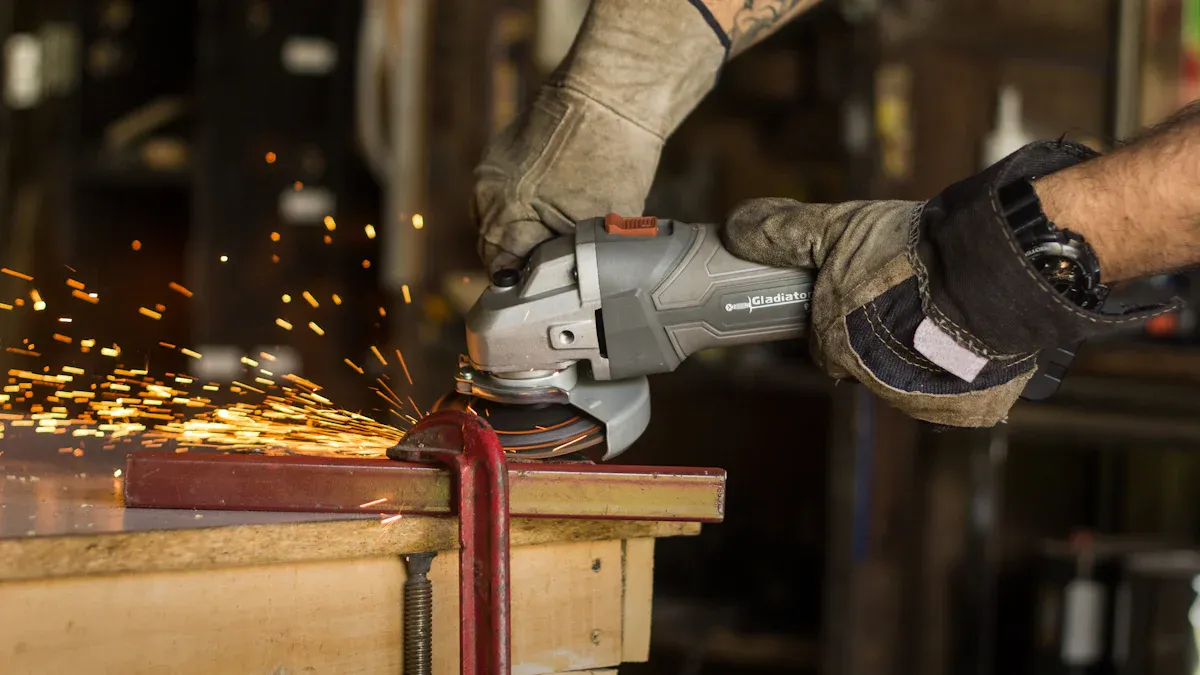
Your technique during the grinding process is just as important as your setup. Proper use of the tool ensures a quality finish and protects you from harm. These best practices focus on the correct way to apply the wheel to the workpiece for optimal results and safety.
DO: Apply Gradual, Consistent Pressure
You should apply the workpiece to the grinding wheel with smooth, steady pressure. Let the wheel do the work. Pushing too hard creates excessive heat and stress. This can lead to problems like wheel glazing or burning your material.
Signs of Excessive Pressure:
- Wheel Glazing: The wheel face becomes smooth and shiny. It loses its cutting ability because clogged material prevents sharp abrasive grains from working.
- Material Burning: Your workpiece shows blue or brown discoloration. This is a sign of too much heat, which can weaken the material.
DO: Keep the Wheel Face Dressed and Open
A clean grinding wheel cuts more efficiently and safely. Over time, the wheel face can become “loaded” with material or “glazed” and dull. You must dress the wheel to restore its sharp cutting surface. A loaded wheel performs poorly and can create vibrations. Use a proper dressing tool, like a single-point nib or a rotary diamond dresser, to expose fresh abrasive grains.
DON’T: Jam the Workpiece into the Wheel
Never force or jam a workpiece into a spinning wheel. This common misuse creates immense mechanical stress. The sudden force can cause the wheel to snag or bind, leading to a violent kickback. Kickback can throw the workpiece or the tool itself back at you with dangerous force. A gradual approach is always the safest way to begin grinding.
DON’T: Grind on the Side of a Standard Wheel
You must only use the face (periphery) of a standard, straight grinding wheel. These wheels are not designed to handle the pressure of side grinding. Using the side can cause the wheel to fracture. However, some grinding wheels are made specifically for this purpose. For example, the manufacturer Aimgrind offers custom solutions like Type 27 wheels, which are engineered for side grinding. Always follow the manufacturer guidelines for your specific tool.
DON’T: Use Grinders Near Flammable Materials
Grinding creates a shower of hot sparks. These sparks can easily ignite flammable materials. Safety regulations require you to keep a safe distance.
According to OSHA, you must maintain a minimum distance of 35 feet between grinding operations and any flammable materials.
Be aware that dust from different metals can create an explosion risk. For instance, sparks from grinding steel can ignite leftover aluminum dust, causing a dangerous thermite-like reaction. Always clean your work area before you use the grinder.
Your consistent use of these fundamental dos and don’ts is the key to workshop productivity. Every step you take, from inspection to operation, matters for your personal safety. Following these rules helps you achieve the high-quality finish that professional tools deliver. Your commitment to safety ensures excellent results every time.
For a professional finish and uncompromising safety, always follow best practices. Grind with passion, and achieve with aim.
FAQ
How do I select the correct wheel for my job?
You choose the right grinding wheel by matching it to your material and grinder. Check the wheel’s specifications for material compatibility. Your grinder’s RPM must not exceed the wheel’s maximum speed. This ensures both safety and performance for your project.
What does it mean to “dress” a wheel?
Dressing a wheel cleans its cutting surface. You use a dressing tool to remove clogged material and dull abrasive grains. This action exposes a fresh, sharp cutting face. A dressed wheel cuts more efficiently and reduces heat buildup on your workpiece.
How can I make my grinding wheel last longer?
You can extend a wheel’s life with proper care. Use gradual pressure and dress the wheel regularly to keep it clean. Store it in a dry, stable environment. Always follow the manufacturer’s guidelines to get the best performance and durability.
Why is the “ring test” important?
The ring test helps you find hidden cracks in vitrified wheels. A clear ring sound means the wheel is safe to use. A dull thud indicates a dangerous internal crack. You must discard any wheel that fails this simple but critical safety test.
Contact Us
For More Grinding Solution or Customized Abrasive Tools

